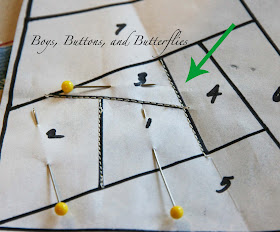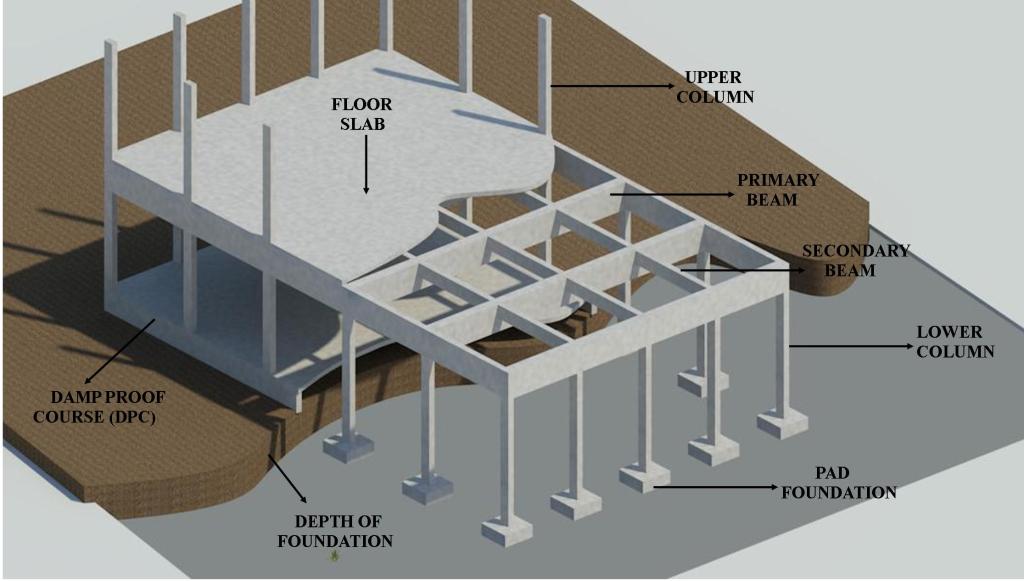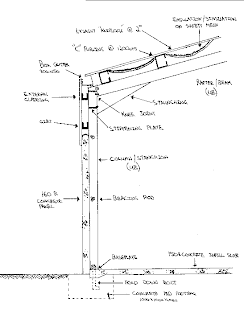

- Foundation framer tutorial how to#
- Foundation framer tutorial full#
- Foundation framer tutorial series#
Otherwise, you should be able to follow along most of this with any React app. While you can follow along without walking through the first one, it might be helpful to have a place to start from.
Foundation framer tutorial how to#
How to Create a Dynamic Rick and Morty Wiki Web App with Next.js The first part focuses on requesting the data from the Rick and Morty API and creating dynamic pages.
Foundation framer tutorial series#
This is the second part of series of articles walking through building a Rick and Morty wiki. We’ll start off with some basic animations that happen when the page load, learn how to trigger them on hover, and build out a wrapper that allows us to gracefully transition our pages in Next.js. We’re going to use the concepts of Framer Motion to add interaction and page transition effects to our app. The Motion API stems from that work, but is conveniently available as a separate package that we can use for animation control. What is Framer? Framer itself is a UI prototyping tool that allows you to create interactive interfaces with animations that you can hand off to your team, while the Framer API is a Javascript library that lets you do that with code. It provides ready-to-go animations and gesture controls that makes it easy to create dynamic effects.

Bonus Step: Getting a little weird with animations in our Next.js Rick and Morty appįramer Motion is an API that comes straight from the Framer API.


Step 1: Animating the page title with Framer Motion in a Next.js app.Step 0: Installing Framer Motion in your Next.js app.How can we use Framer Motion to add some animations to our web apps and provide a more interactive experience? But just because those apps are static, it doesn't mean they have to be boring.
Foundation framer tutorial full#
Steel reinforcing bar(s) are used to pin the column to the concrete collar.The web is vast and it's full of static websites and apps. The collar is formed by backfilling the column hole with concrete after the column is set on the precast footing. In higher load situations, concrete collars are added on top of the precast footing for maximum pullout capacity. These blocks act as an anchor by creating a resistance to soil and preventing the column from being pulled out of the ground by uplift forces. Pre-cast footings allow for faster construction and immediate load bearing.īlocks of wood are nailed and glued to the sides of the column at the factory. The 17-inch wide x 4-inch high footing helps to displace the building load traveling through the column. Posts anchored below grade rafter style roofĬolumns are embedded into the ground clear-span truss roofįactory-made precast concrete footings are set in the ground on top of tamped soil to provide a barrier against soil moisture and settling. Posts anchored below grade clear-span truss roofģ. Lester Buildings has three foundation systems:ġ. Lester Buildings are anchored to either the foundation or directly to the soil to provide the required uplift capacity.īlog Post: 4 Foundational Questions to Ask When Starting Your Pole Building Project The weight of the typical post-frame building is often not sufficient to resist uplift forces caused by lateral loads or wind. A strong building begins with a strong foundation.


 0 kommentar(er)
0 kommentar(er)
